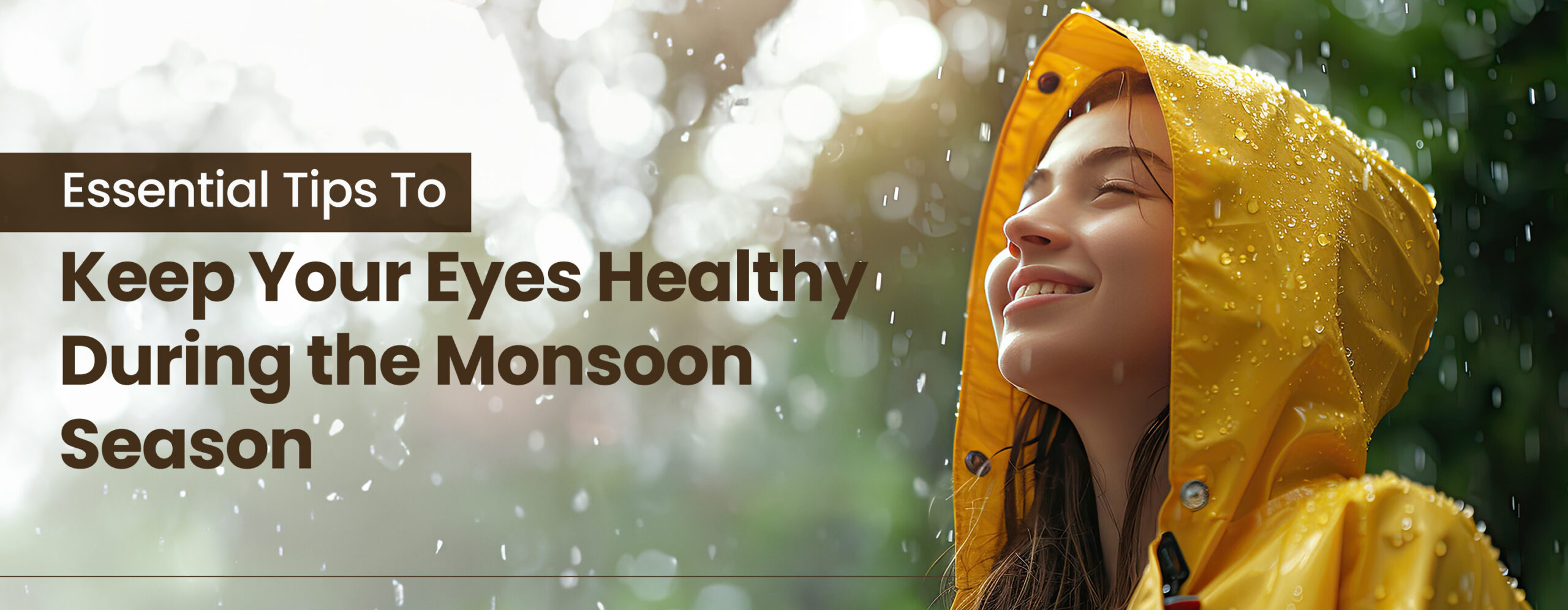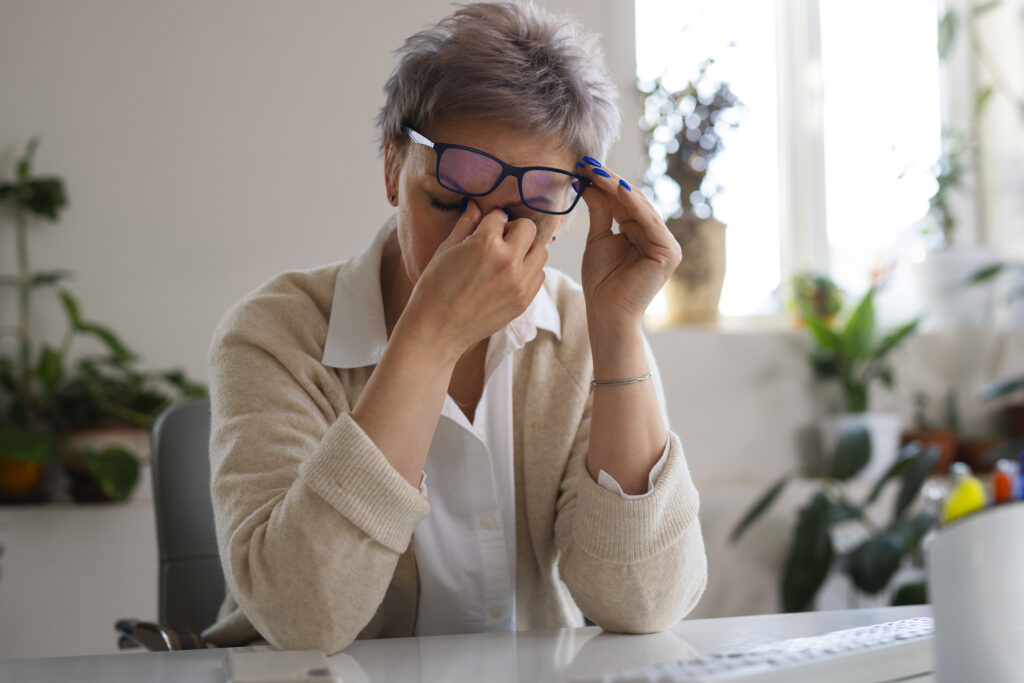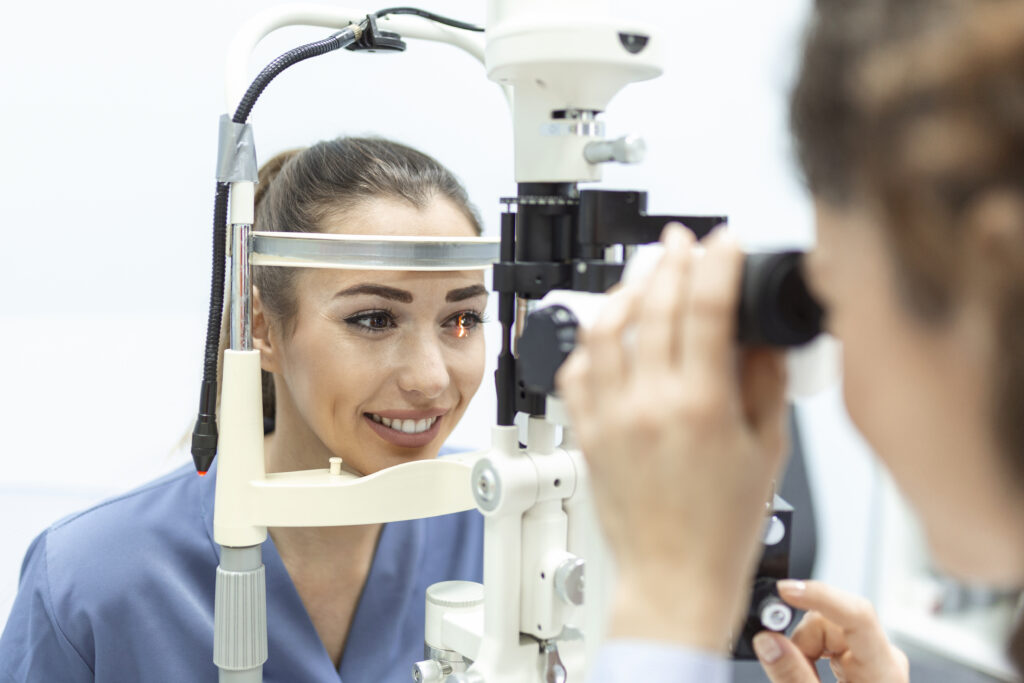
-
 Posted By shubham dhyani
Posted By shubham dhyani -
-
Comments 0
While Monsoon brings refreshment and relief from the heat, it also brings some unique risks for your eyes, which most of us are unaware of. Warm, humid weather and frequent exposure to water can make eye infections and irritation far more common at this time of year. For many people, rainy days also mean dealing with allergies, gritty sensations, or even red, watery eyes.
Taking a few simple steps can help keep your eyes comfortable and healthy through the changing weather. This blog will walk you through essential monsoon eye health tips, ways to maintain healthy eyes during monsoon, and practical eye care tips for monsoon that everyone should know. Whether you deal with allergies or simply want to prevent common problems, a little care goes a long way in keeping your vision clear and your eyes protected.
Understanding Monsoon Eye Risks
Monsoon brings a noticeable shift in the environment, higher humidity, more stagnant water, and increased allergens. These are some ideal reasons that create conditions for germs to affect your eyes.
- Humidity Favours Germs: Warm and damp conditions help bacteria and viruses multiply, making infections like conjunctivitis more common during the monsoon season.
- More Allergens: Pollen, dust, and mould levels often increase in humid weather. These can trigger allergies or make the eyes itchy and discomfort.
- Contaminated Water: Rainwater, puddles, and even poorly treated pool water can carry microbes. If this water comes in contact with your eyes, the risk to eye health goes up.
- Frequent Eye Touching: Rain, sweat, or irritation may lead to more frequent touching or rubbing of the eyes, increasing the risk of transferring germs.
- Shared Items: Using towels, handkerchiefs, or makeup with others spreads infection quickly, especially in shared spaces during the monsoon.
Common Eye Problems in Monsoon

- Conjunctivitis (Pink Eye): This infection spreads easily in moist and crowded places which making it very common in schools and homes, causing redness, itching, and discharge.
- Styes: Small, painful lumps on the eyelid, styes result from blocked glands and bacterial infection. Higher humidity and contaminated hands or towels can increase their occurrence.
- Allergic Reactions: Allergens like dust and mould are more active during the monsoon. Sensitive individuals may notice itching, watering, or redness.
- Fungal and Bacterial Infections: Water and dust can bring germs to the eyes, sometimes causing more serious infections.
- Dry or Itchy Eyes: Indoor humidity fluctuations, air conditioning, or exposure to wind and rain can cause the eyes to feel dry, gritty, or irritated.
These problems can often be prevented or managed with simple precautions. Recognising them early also helps you know when to seek medical advice instead of waiting or self-treating.
Monsoon Eye Health Tips
Sometimes, some healthy practices make all the difference, especially during an unpredictable season like the monsoon. Here’s your go-to checklist for healthy Eyes:
- Always wash your hands before touching your face or eyes.
- Only use your clean towel, and change it frequently.
- Avoid splashing or rubbing your eyes, especially if they feel irritated.
- Stick to your daily wear for contact lenses, or you can switch to glasses during wet, humid days.
- While heading outside in dust and rain, always wear protective eyewear
- Never ignore signs of redness, itching, or discharge; treat symptoms early.
- Take frequent breaks from screens if you are a working professional.
- Keep rooms well-ventilated and clean to reduce dust and mould.
- Wash your eyes with clean, filtered water if exposed to rain or pollutants.
Also Read:- Common Eye Diseases: Prevention and Treatment Options at Akio Hospital
When to See an Eye Specialist

Most eye issues during monsoon resolve with simple care, but some symptoms require professional attention. Having awareness about when to seek professional help can protect your eyes from serious complications.
Key Signs to Watch For:
- Persistent redness or swelling that doesn’t improve within a few days
- Pain in or around the eyes
- Sudden changes in vision, like blurriness or loss of peripheral vision
- Discharge or crusting around the eyelids
- Sensitivity to light that becomes intense or long-lasting
- Frequent headaches accompanied by eye discomfort
- A feeling that something is stuck in the eye that you cannot remove
If any of these symptoms appear, schedule an appointment with an eye specialist immediately. Early diagnosis and treatment can protect your eyes from any complications. It is recommended to take advice rather than self-medicating or waiting it out.
AK Institute of Ophthalmology (AKIO) is recognised for its advanced eye care and experienced eye specialists. Whether you need a thorough eye check-up, treatment for chronic issues, or support with sudden symptoms, connecting with a reputable centre like AKIO ensures you get personalised attention and clear answers.
Conclusion
It’s not difficult to protect your eyes in the monsoon, but it does require regular precautions with healthy eye tips to keep in mind. With the above recommended hygiene practices, staying aware of infections, and keeping your eyes guarded from contaminants, you can effectively reduce the risk of getting any eye infections.
We would like you to encourage your family and friends to follow these eye care tips for monsoon, and don’t skip regular check-ups if you’re prone to allergies. Healthy eyes during the monsoon are possible with these basic tips. Make them part of your daily routine for the sake of your eyes’ comfort and safety.
Recent Posts
- Why You Need a Retina Specialist for Cataract Surgery – Cataract + Retina Issues Together
- Retina Injections (Anti-VEGF): Procedure, Cost, Effectiveness, Risk & Recovery Experience
- Early Signs of Retinal Detachment You Should Never Ignore
- Floaters vs Retina Detachment – How to Know the Difference?
- Manage Your Retina Conditions: Simple Healthy Habits for Better Vision



